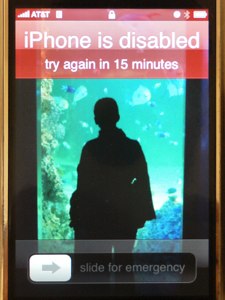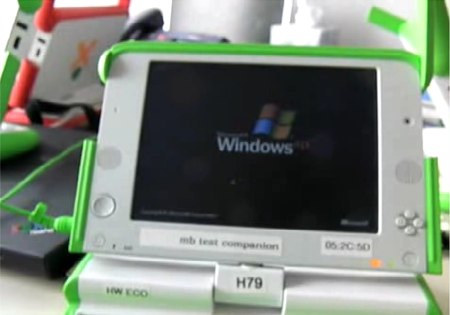
We remember the halcyon days of firmware 1.00 for the PSP. It was wide open to run any code you wanted. Once the handheld game console was released outside Japan, Sony locked it down and began an arms race to prevent any sort of homebrew usage of the device. Nearly four years later and we’re at firmware 5.00. The hackers are on top of their game though. It’s only been a couple days since the official release and a custom firmware has already been published. Sony has traditionally supported development on their home consoles and we hope they’ll take that approach on their next portable instead of this stupid back and forth.
[via Gizmodo]














